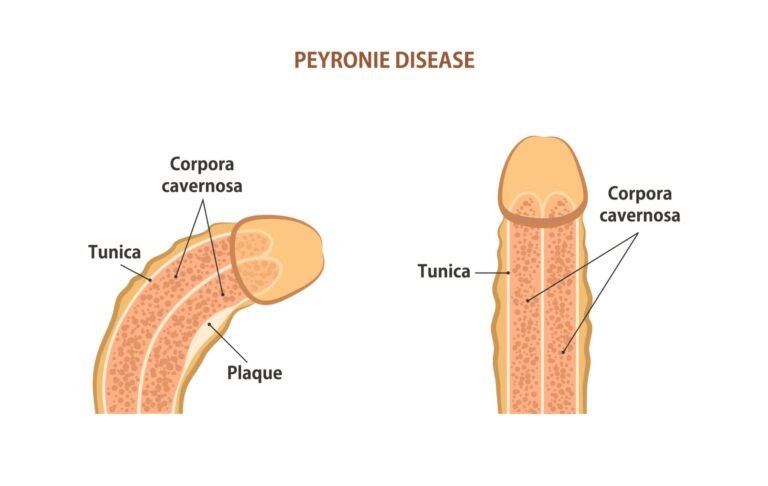Photos of Common Food Allergy Symptoms
Understanding Food Allergy Symptoms
Food allergies can trigger a range of symptoms, from mild discomfort like itching or rashes to severe, life-threatening reactions such as anaphylaxis. Recognizing these signs early can be critical for managing reactions effectively. This guide explores the most common food allergy symptoms, their causes, and how to address them.
Common Food Allergy Triggers
The following nine foods are responsible for over 90% of food allergy reactions in the United States:
-
Eggs
-
Milk
-
Peanuts
-
Tree nuts
-
Fish
-
Shellfish
-
Wheat
-
Soy
-
Sesame (recently recognized as a major allergen)
These allergens can cause varied reactions depending on the individual and the severity of the allergy.
Hives: A Common Allergic Reaction
Hives, or urticaria, are raised, itchy welts on the skin that can appear anywhere on the body. They often result from allergies to foods like peanuts, eggs, tree nuts, or shellfish. Hives typically present as:
-
Itchy patches that develop into raised bumps called wheals
-
Flesh-colored or red bumps with defined edges
-
Areas that may blanch (turn white) when pressed
While hives are not typically life-threatening, they can be uncomfortable. They may appear suddenly, change shape, and disappear quickly.
Anaphylaxis: A Medical Emergency
Anaphylaxis is a severe allergic reaction that requires immediate medical attention. Symptoms can escalate rapidly and include:
-
Swelling of the lips, face, or eyes
-
Difficulty breathing, such as wheezing or shallow respiration
-
Rapid heartbeat
-
Clammy skin or sweating
-
Confusion, anxiety, or dizziness
-
Vomiting or blue-tinted lips
-
Fainting or loss of consciousness
If these symptoms occur, take the following steps:
-
Check for an epinephrine auto-injector and use it as directed.
-
Call 911 or seek emergency services immediately.
-
Lay the person flat or on their side if vomiting has occurred.
-
Stay with them until help arrives.
If symptoms persist or return after 5–15 minutes, administer a second epinephrine dose if available.
Eczema and Its Connection to Food Allergies
Eczema, or atopic dermatitis, is characterized by itchy, scaly, and inflamed skin that may flake or peel. While food allergies don’t directly cause eczema, consuming trigger foods like dairy, nuts, wheat, soy, or eggs can worsen symptoms. Eczema is common in infants, often appearing on the face or cheeks, and may persist into adulthood. To prevent infection, avoid scratching and consider using mittens for infants or soothing moisturizers.
Food Allergy vs. Food Intolerance
It’s important to distinguish between a food allergy and food intolerance:
-
Food Allergy: An immune system response where the body produces Immunoglobulin E (IgE) antibodies, mistaking a food as harmful. This can lead to symptoms like hives, swelling, or anaphylaxis.
-
Food Intolerance: A digestive issue caused by difficulty breaking down certain foods, often due to enzyme deficiencies or sensitivity to additives. Symptoms are typically limited to digestive discomfort, such as bloating or diarrhea.
Itchy, Watery Eyes: Allergic Conjunctivitis
Allergic conjunctivitis causes red, itchy, and watery eyes. While more commonly associated with pollen allergies, food allergies can also trigger this reaction in some individuals. If eye symptoms are accompanied by signs of anaphylaxis, such as breathing difficulties, seek emergency care immediately.
Swelling: Angioedema Symptoms
Angioedema is swelling beneath the skin, often affecting the lips, mouth, or tongue. It is closely related to hives but occurs deeper in the tissue. Common food triggers include shellfish, nuts, milk, and eggs. Monitor for additional symptoms, as angioedema can signal anaphylaxis.
Abdominal Pain and Digestive Issues
Food allergies can cause abdominal pain, vomiting, or diarrhea, typically within minutes to two hours of consuming a trigger food. These symptoms may be confused with food intolerance, but true allergies often involve additional signs like skin rashes or respiratory issues. Persistent or severe pain should prompt a medical evaluation.
Managing Food Allergy Symptoms
Several approaches can help alleviate food allergy symptoms:
Over-the-Counter Treatments
-
Cortisone cream: Reduces itching and inflammation from rashes.
-
Antihistamines: Relieve hives, itching, and mild swelling.
-
Pain relievers: Acetaminophen or ibuprofen can ease pain or swelling.
Home Remedies
-
Use unscented soap or products designed for sensitive skin.
-
Bathe in warm, not hot, water to avoid irritation.
-
Wear loose, breathable cotton clothing.
-
Apply fragrance-free moisturizers to soothe dry or inflamed skin.
-
Avoid scratching affected areas to prevent infection.
When to Seek Medical Advice
Consult a healthcare provider if you suspect a food allergy. They can perform tests to identify triggers and assess the risk of anaphylaxis. A food allergy rash typically resolves within a few days with treatment, but persistent or severe symptoms require professional evaluation.
Conclusion
Food allergies can manifest as hives, eczema, allergic conjunctivitis, angioedema, or abdominal pain, often triggered by common allergens like milk, eggs, or peanuts. Prompt recognition and management—through medications, home remedies, or emergency intervention—can prevent complications. If you experience sudden or severe symptoms, such as difficulty breathing or swelling, seek immediate medical care. For ongoing concerns, work with a healthcare provider to develop a personalized allergy management plan.
💡 Frequently Asked Questions
How Extensive Does a Food items Allergy Rash Previous?
Answer coming soon. We are working on detailed responses to this common question.
⭐ Expert Tips
- Include seasonal or trendy variations to keep your meals exciting.
- Highlight prep shortcuts or time-saving techniques for busy cooks.
- Consider dietary restrictions and include substitution suggestions.
✅ Key Takeaways
- These dinner ideas are perfect for impressing guests or enjoying special occasions.
- Choose recipes that match your skill level and available kitchen tools.
- Presentation and taste both contribute to a memorable dining experience.
📣 Join Our Community
Want more inspiration like this? Subscribe to our newsletter for weekly dinner ideas and cooking tips!










